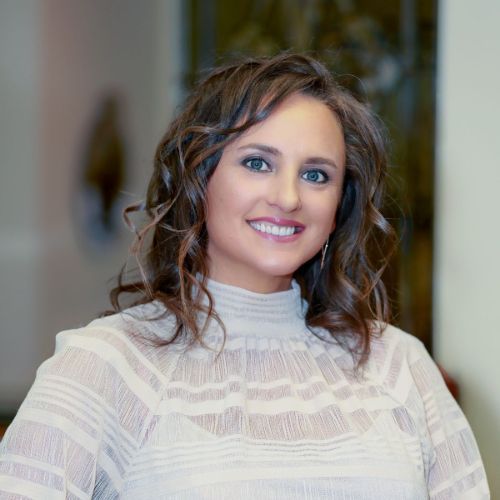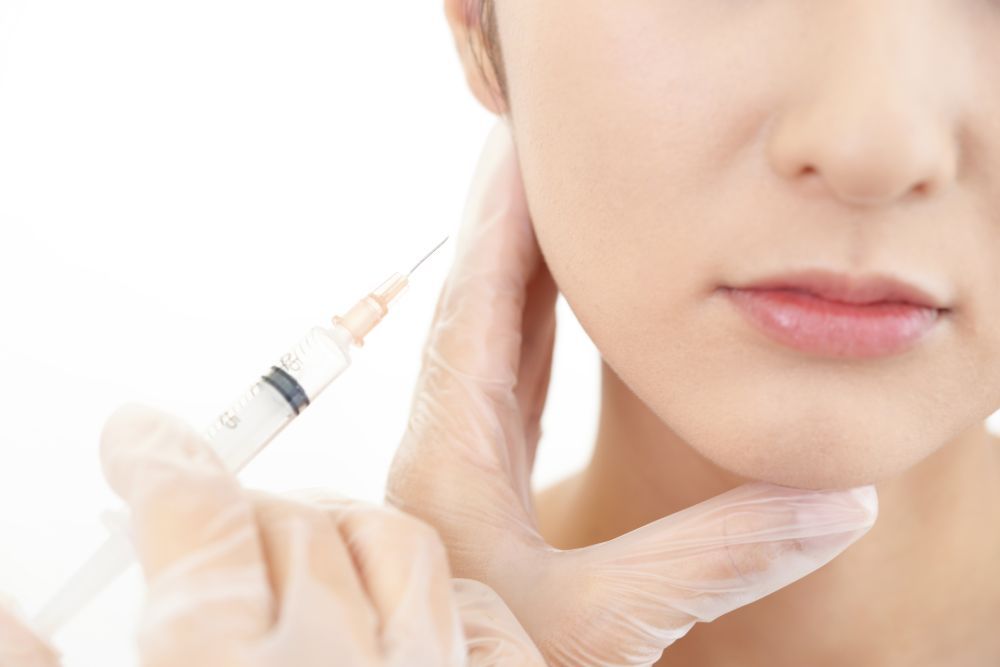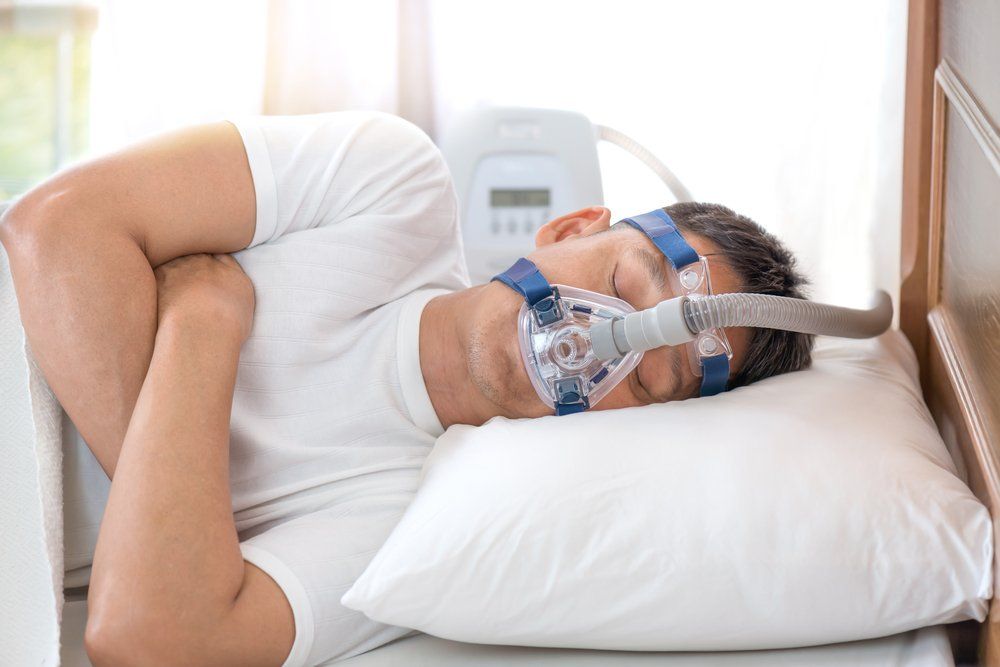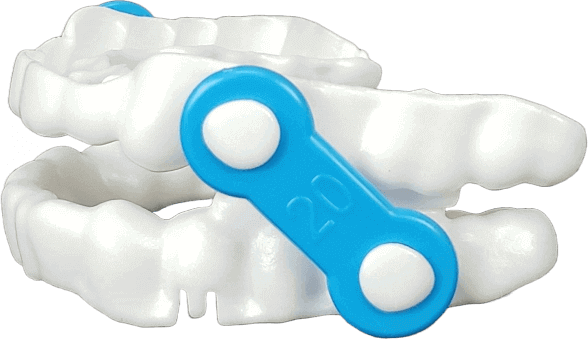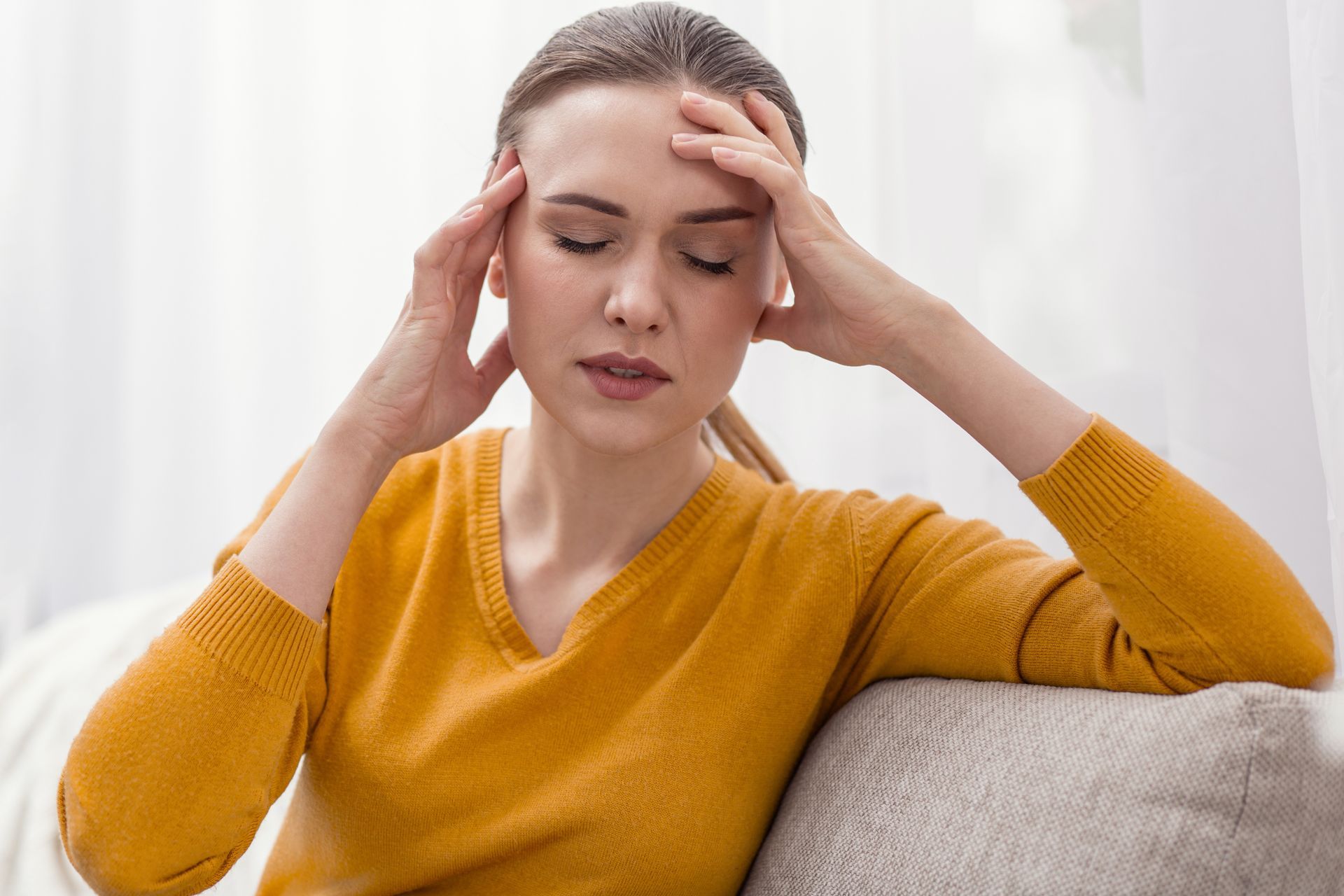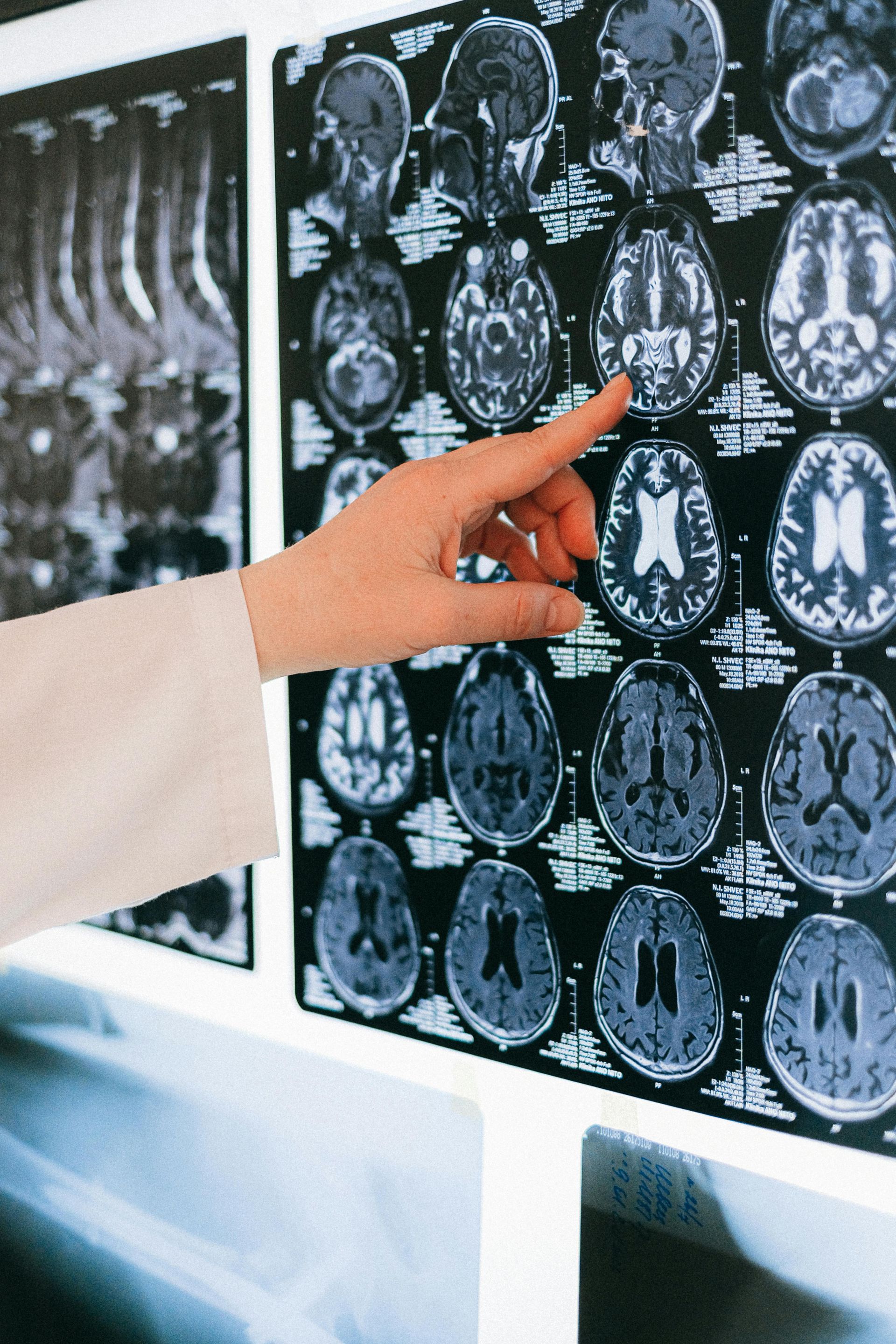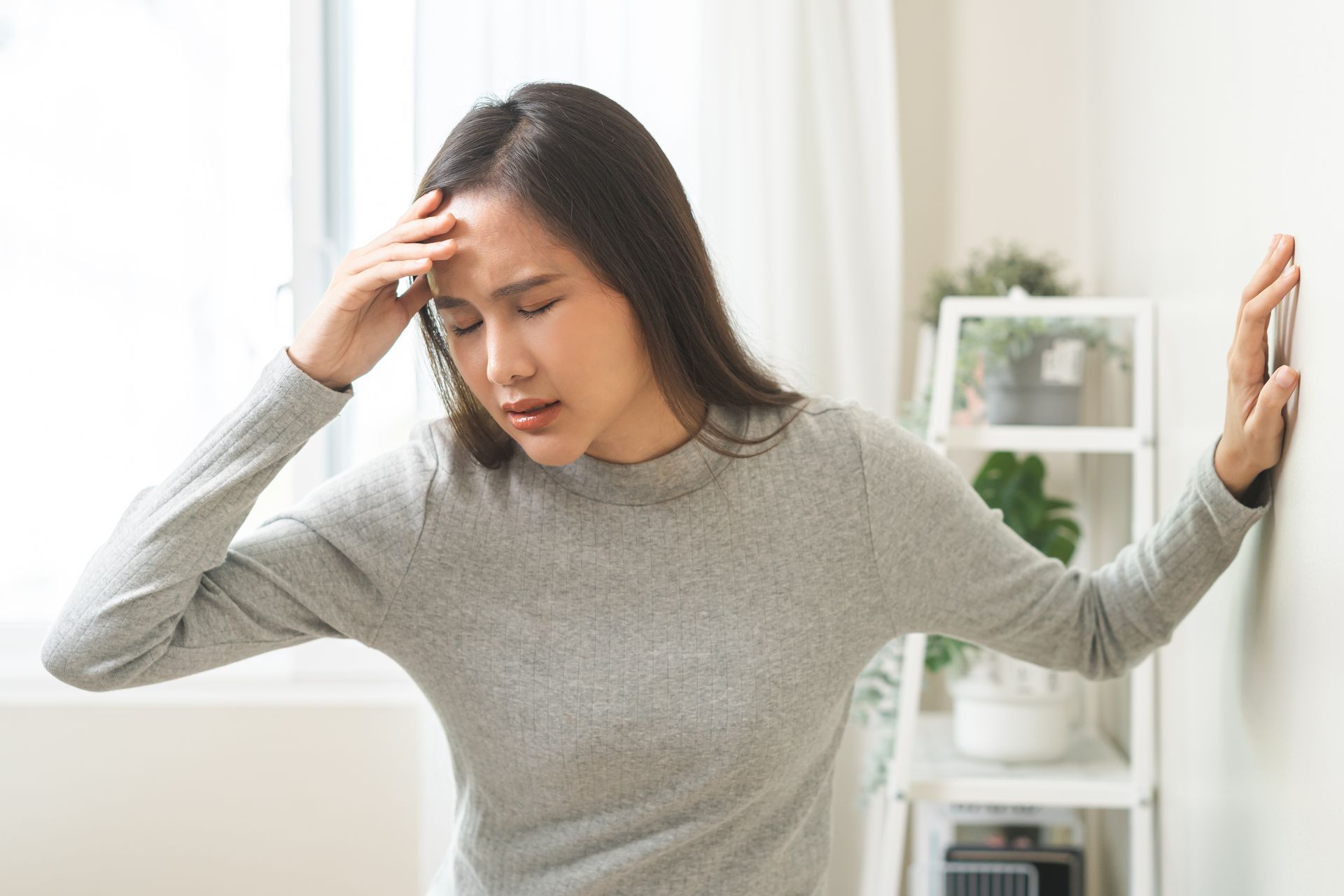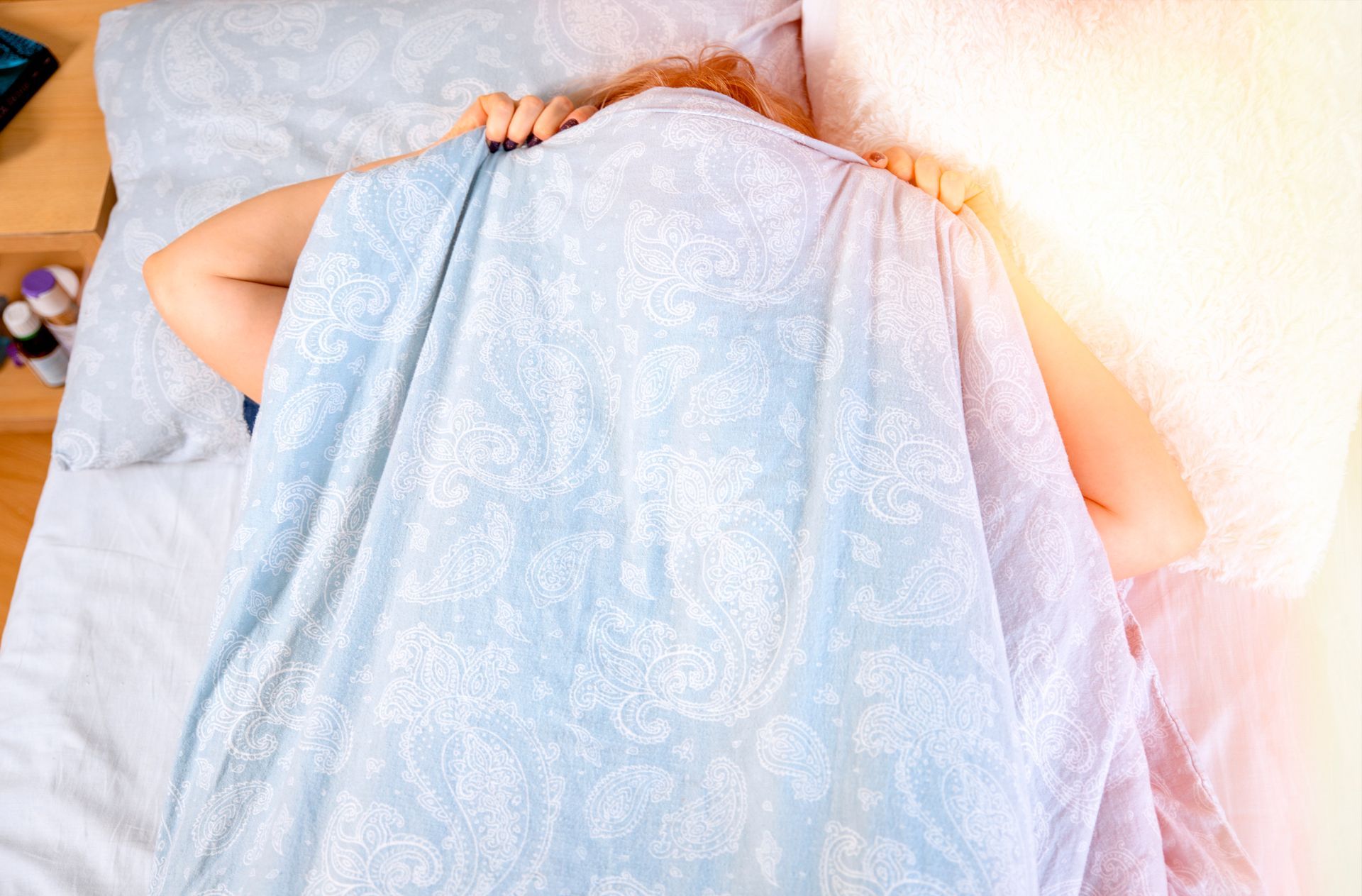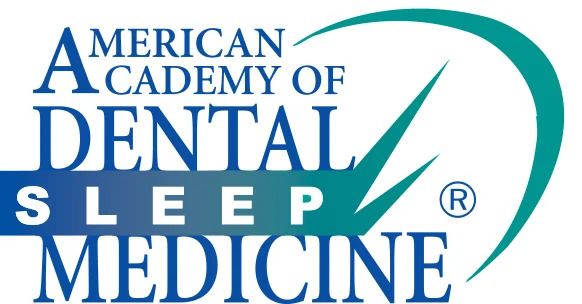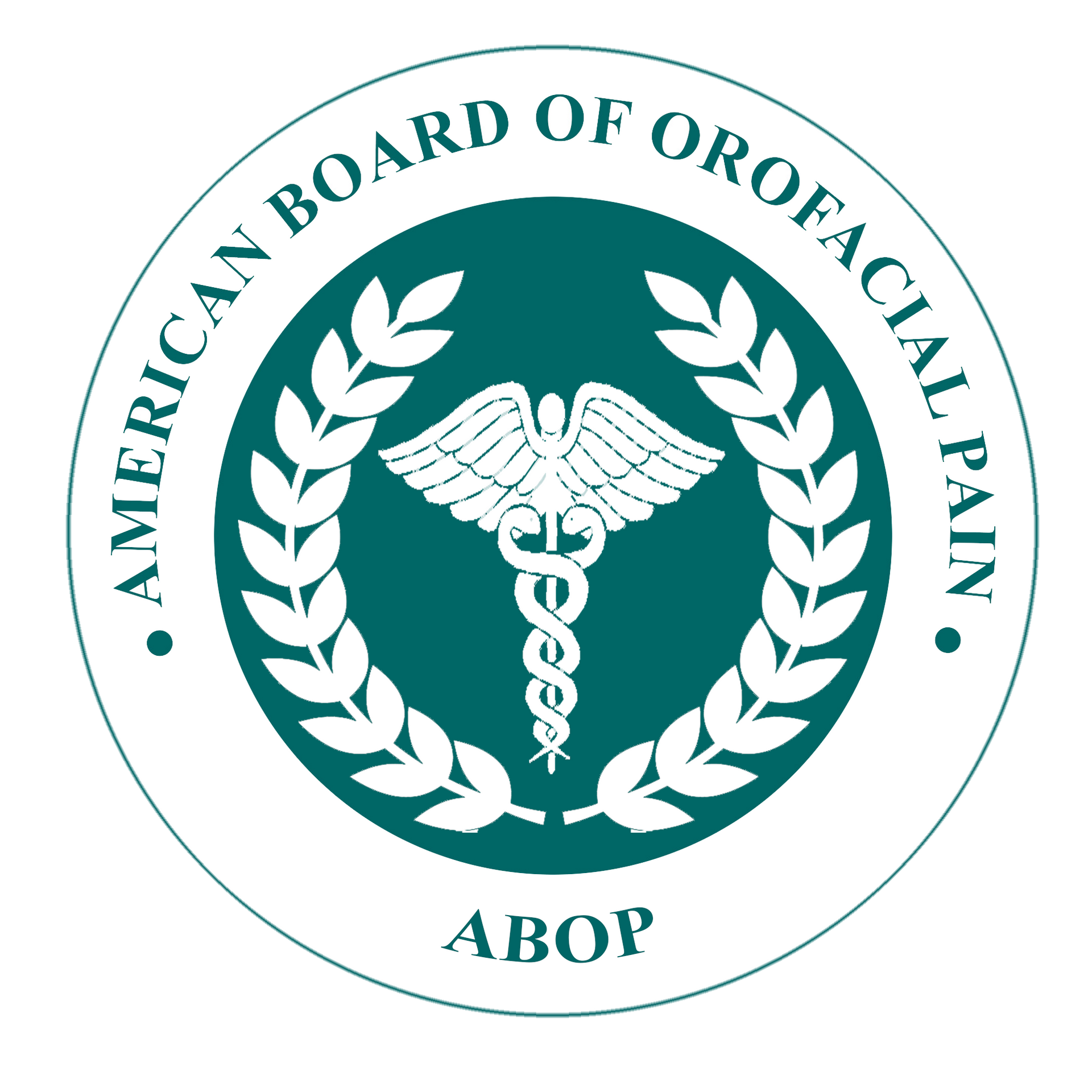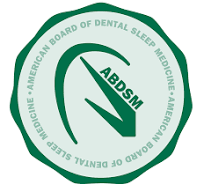Pediatric Sleep Apnea: Does it Affect Children?
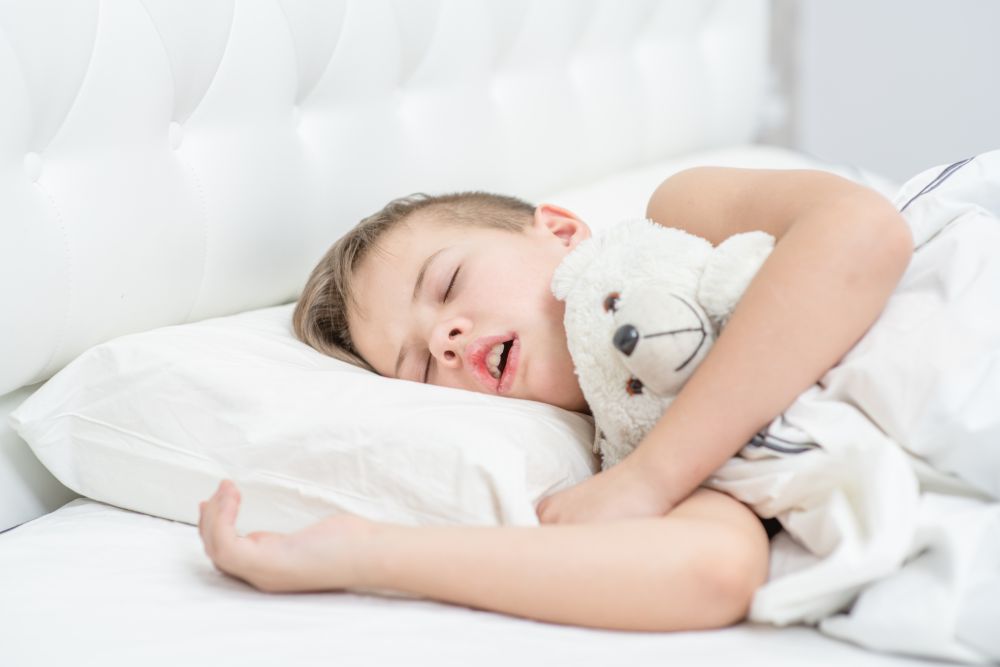
Did you know the most common misconception about obstructive sleep apnea (OSA) is that only middle-aged, overweight men suffer from it? The truth is, OSA can strike people of average weight and at any age, including children.
Pediatric OSA is more common than you think. It’s estimated that it may affect up to 10 percent of children. OSA symptoms can differ between adults and children, making an already tricky-to-diagnose condition even more difficult to detect in children. It’s vital to understand how children can get pediatric obstructive sleep apnea, what symptoms to look for, and how essential early diagnosis and treatment are to prevent serious complications.
What is Sleep Apnea?
Obstructive sleep apnea is signified by episodic pauses in breathing during sleep, occurring as often as 30 times per hour and lasting from 10 to 20 seconds or longer in adults. OSA may be diagnosed with as little as one event per hour in children when combined with other factors.
The body relaxes when asleep, including the muscles that help you breathe. With OSA, these relaxed muscles, combined with an airway blocked or severely restricted by the collapse of surrounding soft tissues, cause breathing to cease during sleep. When the brain senses a drop in blood oxygen and an increased carbon dioxide level due to breathing cessation, it stimulates awakening. These awakening episodes are often so brief the sleeper usually does not remember them.
What are the Symptoms of Sleep Apnea?
Obstructive sleep apnea symptoms vary from person to person. One of the most common symptoms in adults and children is habitual snoring, yet signs of pediatric OSA can also be different from adults’. Symptoms of pediatric OSA include:
- Loud, chronic snoring - Snoring during most nights is a primary OSA symptom. As the body tries to force air through a restricted upper airway, the tissues vibrate, making snoring and snorting noises.
- Stopped breathing - Breathing ceases when the airway is blocked. Children often sleep without an adult present, which means these episodes may go unnoticed.
- Breathing through the mouth - Studies indicate that oral breathing can induce obstructive sleep apnea (OSA) or make it worse by increasing airway collapse and nasal resistance. Likewise, a blocked nasal passage can cause mouth breathing. Waking up with a dry mouth, cracked lips, and bad breath are some of the mouth breathing signs.
- Sudden awakening choking or gasping for air - This can occur when the brain rouses the sleeper to brief wakefulness to restart breathing.
- Tossing and turning - OSA disturbs the sleep pattern, resulting in restless sleep.
- Bed-wetting (enuresis) - As the brain works hard to prioritize maintaining proper oxygen levels due to OSA, it shifts focus away from controlling other bodily functions, such as bladder control.
- Sweating heavily (diaphoresis) - OSA causes the body to put increased effort and work into breathing, resulting in night sweats.
- ADHD (attention deficit hyperactivity disorder) - An increasing number of children are being diagnosed with ADHD. Research indicates some of this may be due to undiagnosed OSA. They report that many ADHD-like symptoms, as well as inferior academic performance, reverse once the OSA is treated.
- Behavioral and neurocognitive dysfunction - In addition to ADHD-like symptoms, pediatric OSA symptoms include reduced scholastic achievements, cognitive deficits, and aggressive behaviors.
Causes of Pediatric Sleep Apnea for Children
Childhood obesity, which has reached epidemic proportions in the United States, is a significant risk factor contributing to OSA. An OSA-related cardiovascular, metabolic, and neuro-cognitive burden negatively impacts the quality of life in obese children.
In addition to obesity, pediatric OSA may be due to a physical airway abnormality, such as a pharyngeal flap for cleft palate. Enlarged, infected tonsils and adenoids also cause airway obstruction. Sometimes adenoids, which are located high up in the throat, just behind the nose, become so enlarged they completely block the nasal passage, resulting in mouth breathing.
How Pediatric Sleep Apnea Affects Children
As mentioned earlier, snoring is a common OSA symptom in children and adults. However, snoring is not always present in children with OSA, so you can’t merely rely on the absence of snoring to decide your child does not have OSA.
Sound, restorative sleep is crucial for all of us, especially children whose development can suffer without it. Untreated or undertreated pediatric OSA can impact a child’s
growth, cognitive development, and behavior. Signs include learning difficulties, random bouts of anger and aggression, irritability, and more. This is why it’s so important to have your child examined by an expert to determine if their snoring or behavioral problems are due to OSA.
FAQs About Pediatric OSA
- How is sleep apnea treated for children?
- Treatment options may include medications such as topical nasal steroids, removal of the tonsils and adenoids, and weight loss if a child is obese or overweight. Additionally, treatment may include using a CPAP (continuous positive airway pressure) machine or wearing a custom-made oral appliance while sleeping. Some oral appliances expand the palate and nasal passages. Others gently move your child's bottom jaw and tongue forward to keep an open airway open. Specially trained dentists like Dr. Katherine Phillips, who is board-certified in dental sleep medicine, works closely with sleep medicine physicians to treat OSA with oral appliance therapy when it is appropriate in older children. She can help create a plan for younger children in conjunction with other healthcare professionals for age-appropriate treatment.
- Can children outgrow OSA?
- Children may or may not outgrow the condition. Don’t wait and see. The effects of pediatric OSA can be severe. The sooner your child gets treated, the better.
- What are the most common ages for children to get OSA?
- Pediatric OSA can occur at any age, but it is most commonly found in children ages two to six.
- Is obesity a potential cause of sleep apnea for children?
- Yes. Just as with adults, being overweight or obese can put children at higher risk of developing OSA.
- What sounds other than snoring do children with OSA make while sleeping?
- They may make high respiratory squeaks, snorting, and/or gasping sounds.
Next Steps
Do you believe your child suffers from or has symptoms of pediatric obstructive sleep apnea? It’s vital to get children diagnosed and treated as soon as possible. Dr. Katherine Phillips works closely with sleep medicine physicians and other medical specialists to treat obstructive sleep apnea in women, men, and children. As a board-certified sleep dentist, who also holds a Master’s degree and is board-certified in orofacial pain treatment, Dr. Phllips dedicates her practice to treating sleep disorders, including obstructive sleep apnea, as well as TMD. She creates individualized treatment plans that include custom-made oral appliances to meet each patient’s unique needs.
-2700x842-1920w.png)




